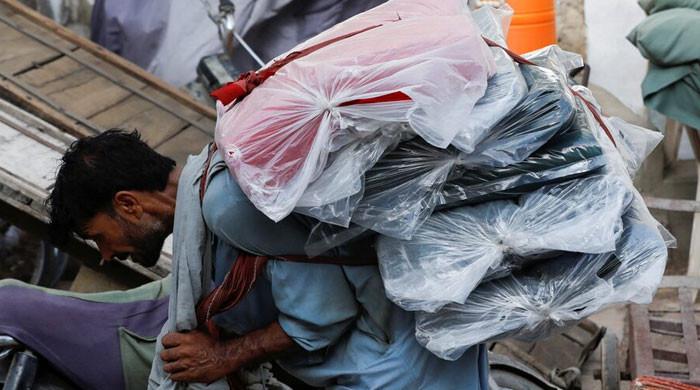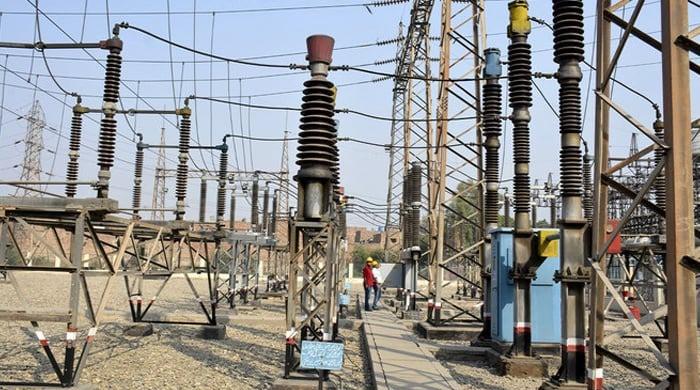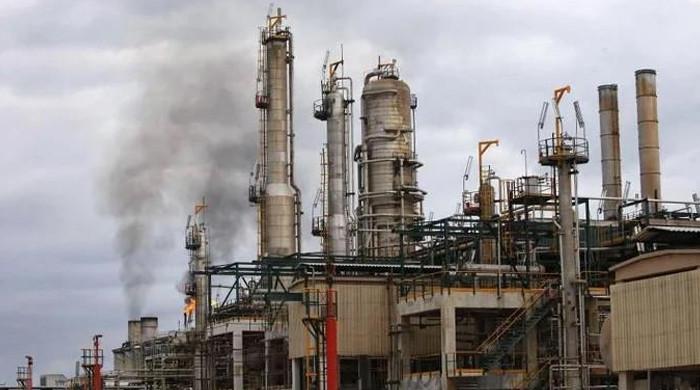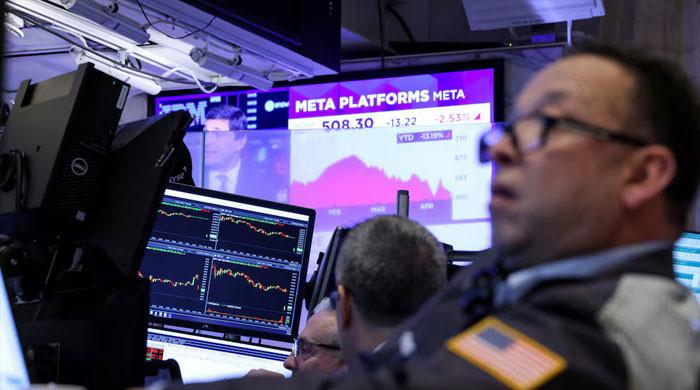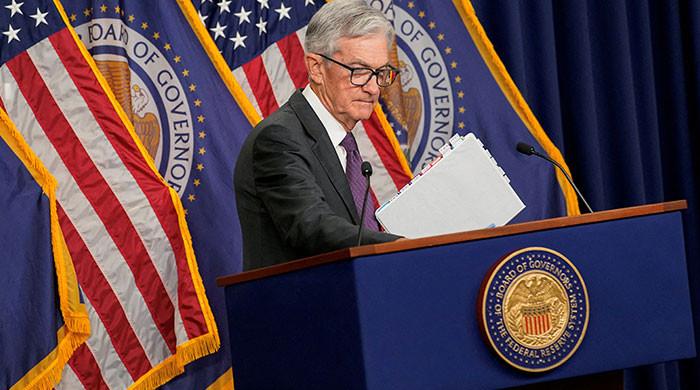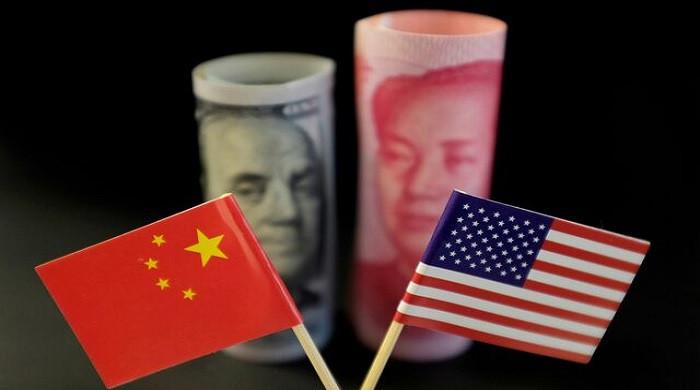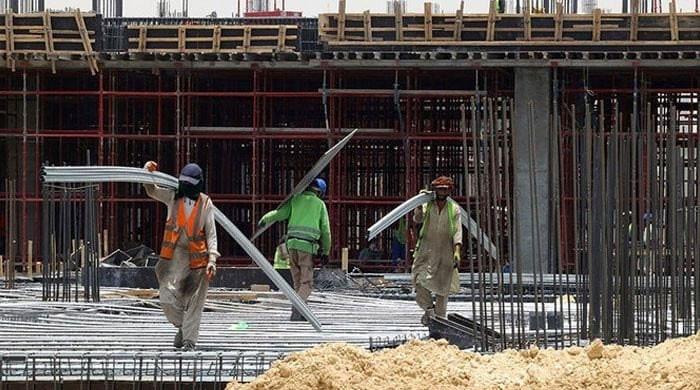IMF creates 'food shock' emergency lending window
The Food Shock Window will provide additional access to emergency financing
October 01, 2022
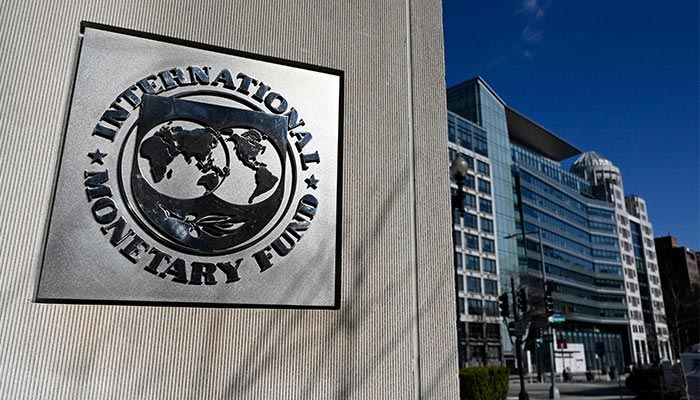
WASHINGTON: The IMF on Friday approved a new emergency lending facility to aid countries facing "acute food insecurity" amid the global rise in prices.
The Food Shock Window will provide additional access to emergency financing "to help people in vulnerable countries deal with one of the worst crises of all: hunger," IMF chief Kristalina Georgieva said in a statement.
Climate shocks, conflict and the COVID-19 pandemic already had disrupted food production and distribution, "driving up the cost of feeding people," she said.
But "Russia's war in Ukraine has pushed the price of food and fertilisers even higher."
"As a result, a food crisis is spreading around the globe with a record 345 million people whose lives and livelihoods are in immediate danger from acute food insecurity," Georgieva said.
The new facility will operate for one year, offering "an additional line of defence after grants and concessional financing," she said.
It is part of two emergency aid programs the IMF created to help countries deal with the impacts of the pandemic — the Rapid Credit Facility, which provide zero-interest loans for up to 10 years for the poorest countries; and Rapid Financing Instrument, which is for wealthier economies and must be repaid in five years at most.
In a blog post discussing the "staggering humanitarian impact and large financial costs" of the food crisis, Georgieva said the new window can be used where "grants and concessional financing from partners are not enough, or a Fund-supported program is not possible."




